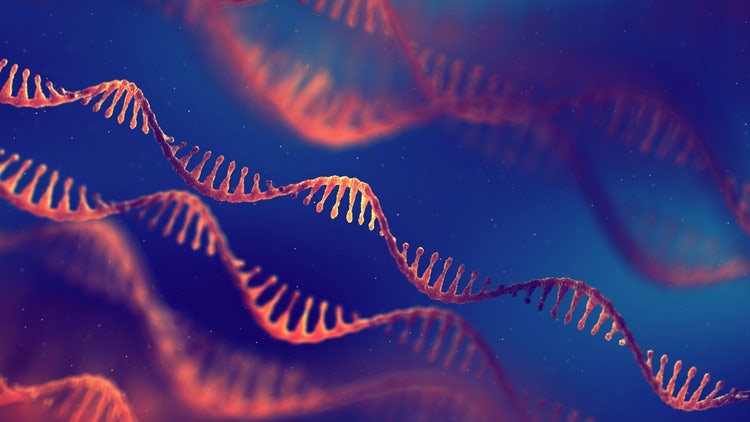State of RNA Manufacturing: Importance of Raw Materials

Raw Materials in mRNA Production
RNA drug substances are produced via cell-free, “one-pot” in vitro transcription (IVT) reactions. Compared to the bioproduction of large-molecule biologics, which is produced in cells, IVT is relatively simple and scalable.
Several key ingredients are required to mimic cellular transcription:
-
RNA polymerase, which synthesizes RNA from a linearized plasmid by incorporating free nucleotide triphosphates (NTPs) onto nascent strands
-
RNase inhibitors, added to protect the RNA from degradation
-
RNA processing elements, such as 5’caps and the poly-A tail on the 3’end, are essential for RNA translocation in cells
- Designed into the plasmid DNA (pDNA) template or
- Added using additional enzymatic reactions
In these cell-free systems, additional elements must be carefully managed, such as:
- Free ion concentrations
- Co-transcriptional RNA modifications
- Residual reagent removal
Issues with any individual IVT component can adversely affect RNA fidelity, purity and yield. For example, the presence of nicks and strand breaks in plasmid DNA will affect transcription and negatively impact the quality of the final product. All enzymes must be free of contaminants and validated by rigorous functional and stability testing. Additionally, organic solvents commonly present in buffers can denature enzymes and must be removed before use. Since RNA is fragile and degrades rapidly, all reagents must be RNAse-free.
It is important to note that raw materials must be evaluated for quality and scalability when choosing specific components for mRNA production. Suppose the raw materials used in the product development stage are also used in the final production run. In that case, the individual components must be validated to support a seamless transition from preclinical development to GMP manufacturing.
Using materials from multiple suppliers also presents challenges:
- Component quality across suppliers may be inconsistent.
- Managing multiple vendor relationships can be complex and risky.
- Manufacturing delays and setbacks can happen due to quality problems, supply chain disruptions, or insufficient supplier production capacity.
Therefore, it is essential to source materials only from reputable suppliers with the capability to provide high-quality products in timeframes that meet client needs.
Streamlining Raw Material Requirements
When it comes to mRNA production, one size does not fit all. Each product requires tailored development strategies:
- DNA templates often need specific, unique codon optimization tailored to the target sequence.
- Purification steps should be chosen based on downstream processing needs and scale-up potential.
Aldevron supports your endeavors by easing the burdens on RNA drug developers:
-
High-quality, standardized and linearized pDNA ranging from microgram to milligram scales
-
Purpose-engineered enzymes for each step of mRNA synthesis, from transcription to capping and tailing
-
Custom-made enzymes to meet client specifications across various quality grades
-
Comprehensive CDMO services
- Process optimization expertise
- Raw material sourcing
- Scalable manufacturing capacity
Producing a safe and effective RNA drug product starts with selecting high-quality raw materials, followed by a robust manufacturing process and partner. The Life Sciences companies of Danaher provide a wide range of services and technical support to help you along your journey. Contact an expert today to learn more.